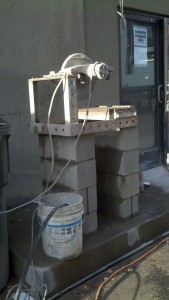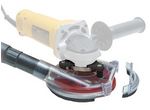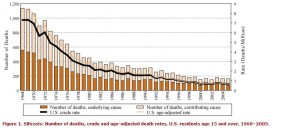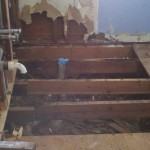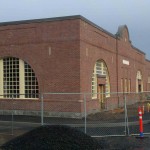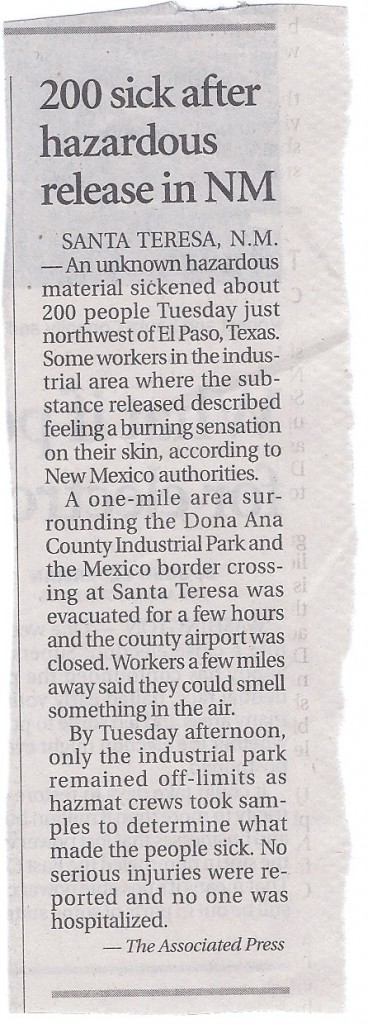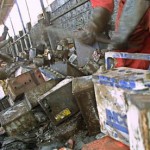Fri 4 Jan 2013
Asbestos Building Inspectors (AHERA)
Posted by admin under Air Monitoring, Asbestos, Building Survey, EPA, industrial hygienist, Lead, Risk, Training
Comments Off on Asbestos Building Inspectors (AHERA)
If you have a building built pre 1985 (I know this date can be different, but I’m playing it safe) before bidding a project you need to have an asbestos survey performed, called a building inspection.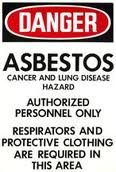 Honestly, they usually aren’t done before bidding. SOMETIMES, they’re performed before starting the work (not good).
Honestly, they usually aren’t done before bidding. SOMETIMES, they’re performed before starting the work (not good).
How do you find a good building inspector? …Google?, Yellow pages (who does that anymore?) Abatement contractor?
Whomever you hire, make sure they have a current AHERA Building Inspector Certificate. This is a Federal program maintained by TSCA Title II EPA AHERA/ASHARA Model Accreditation Program. This is your only recourse if something goes wrong. It doesn’t matter if have have a PhD, CIH, ROH, CSP and MBA, they MUST have a current AHERA Building Inspector Certificate.
Here are some things to consider:
- Does the Building Inspector have a current certificate?
- Will they sample for asbestos?
- Which lab will they use for analysis? Their own? (not always a bad thing)
- Which areas are they unable to access in the building?
- Will they check for leaded paint?
- Will they take pictures?
- How long till you will get the results & report?
- Will they write a report?
- Are they capable of performing air monitoring? (worth asking, but not a deal-breaker)
- Will they look back at previous records / management plans?
- Cost?
Good luck in your search. As most things, a good referral from a friend is probably a great starting spot.

